Projection knowledge: Does the quality of the projected image depend on the screen?What are the factors that determine the quality of the projected image?
Projection knowledge: Does the quality of the projected image depend on the screen?
For many enthusiasts who love home theater, when purchasing a projector, they will choose a projector with clear picture quality and high lumens as much as possible according to their budget, but there is also a phenomenon that some customers will buy a normal effect. projector, and then pin their hopes on buying a good quality projection screen, which has achieved the purpose of improving the quality of the projection image, which is actually putting the cart before the horse.
But it cannot be denied that a good projection screen can improve the look and feel of the projection screen to a certain extent.
For example, a screen that matches the configuration of the projector, a screen with a special structure and a light suppression function, a screen with a wide flat viewing angle, and a high-gain screen can effectively improve the clarity and brightness of the projected image. But this is a palliative approach
Because, in the final analysis, the projection screen is just a special cloth that receives the light emitted from the projector. It is more for display, and the projector itself is what determines the quality and color of the projected image.
Factors that determine the quality of projected images
Projector Resolution:
General projector resolutions are mainly 720P, 1080P and 4K
720p refers to 1280x720 or 1280x768, mainly used in low-end home projectors
1080p refers to 1920x1080 or 1920x1200, which is the resolution used by mid-to-high-end home projectors
4K resolution refers to 3840x2160, which is currently mainly used in high-end home projectors or engineering projectors.
So when I see the projector shows that it is 4K, but either the price is too high, it is a false 4K. On the other hand, the 720P projector's image quality on a 100-inch screen is not clear enough, and it cannot meet the needs of watching movies at all. Usually, the 1080P projector image quality is enough to meet the needs of daily use. The most common projection resolution.
4K resolution is a trend in the future, but the price will generally be higher.
Projection screen of BenQ i967L 4K UST Projector
Projector lumens are a measure of projector brightness, ANSI lumens and ISO lumens. ANSI lumens only stipulates a 9-point measurement rule, and the details are not too specified, while ISO lumens strictly stipulates the measurement standards and rules. Compared with ANSI lumens, ISO lumens test standards are more stringent.
In general, the higher the lumen, the better. Therefore, some merchants may have false standard brightness. The price is not very high, but the lumen is abnormally high. At this time, it may only be the brightness of the light source, not the standard ANSI lumen. .
Usually, 1000-2000 lumens is enough with a white screen if you are not watching in the daytime. If you need to use it in the daytime or in a brighter room, it is recommended to use 2000 lumens or more and use it with an ALR screen to ensure the viewing effect.
XGIMI AURA 4K UST Projector
Projector Contrast:
Compared with the resolution and lumens of the projector, contrast is a parameter that is often ignored by everyone, and this parameter actually plays an important role in the display of handwriting. A projector with strong contrast can make the edge of the displayed handwriting sharp, without burrs and mosaics. This is even more important for office scenarios.
A picture with high contrast can display more gray levels, and at the same time, the layering of the image is better, and the details are more abundant.
Projector chip:
The chip also determines the screen display effect of the projector. At present, the chip technology is mainly based on 3LCD, DLP and LCOS. Compared with DLP, 3LCD has better color performance, but the brightness is average, while DLP has sharp imaging and excellent brightness performance. However, the color performance is slightly weaker, and some are prone to rainbow phenomenon. The performance of LCOS is relatively balanced in all aspects, with outstanding color and brightness, but the price is a bit high

Die size also matters more than chip technology. Generally, the DMD chips used in DLP projection technology have specifications such as 0.33 inches, 0.47 inches, and 0.65 inches; 3LCD chips have specifications such as 0.55 inches, 0.59 inches, and 0.63 inches. The larger the chip size, the better the picture display effect, but the price is also more expensive
Projection environment:
Projection environment, including projection distance, ambient brightness and projection image size. Generally speaking, the larger the projection image, the higher the lumen loss, resulting in a decrease in clarity. In addition, the throw ratio is also very important. If the room is too small to meet the projection requirements of 100 inches, it will also affect the clarity. The second is the ambient brightness. In a well-lit environment during the day, the clarity will be reduced a lot, which will affect the viewing experience.

#laser tv
#ust
#floor rising screen
#ps2
#vwsdstust120h
#150 inch
#alt ultra short throw
#optoma uhd35


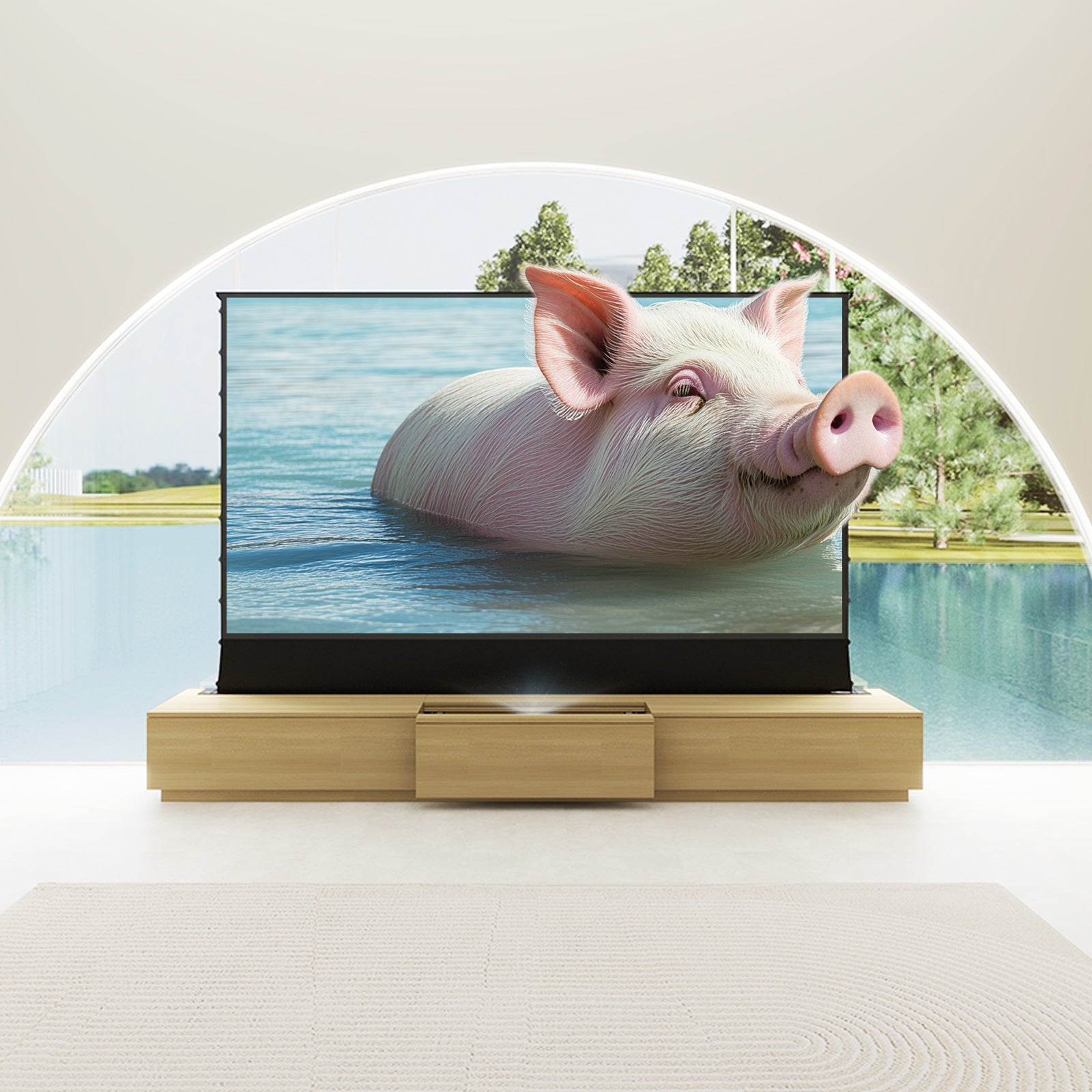
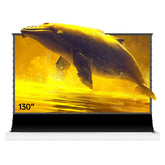
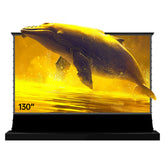
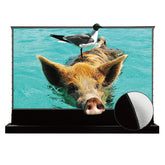
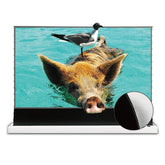

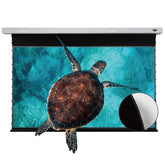
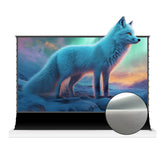
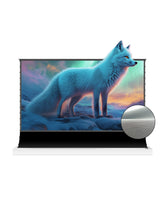
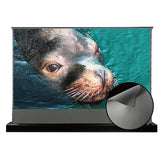
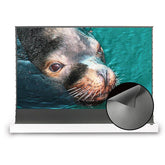

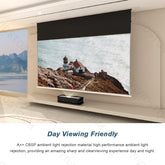
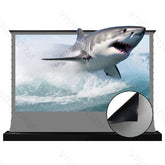

Leave a comment
Please note, comments need to be approved before they are published.